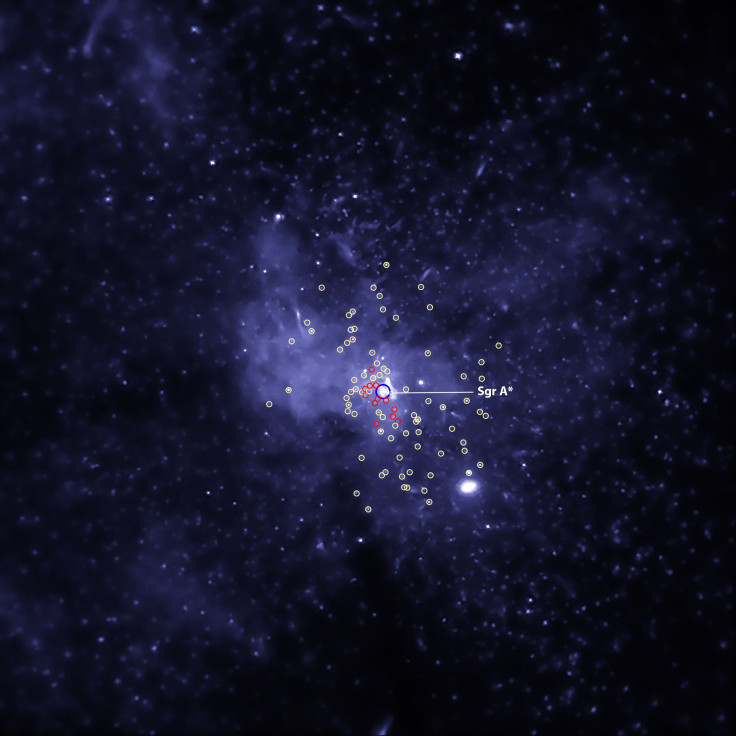Astronomers Predict Death Of Milky Way Galaxy After Observing Quasars

The Milky Way, home of Earth and the Solar System, is expected to suffer the same fate as the other galaxies that were destroyed by the collision of their black holes, according to researchers. The astronomers were able to come up with this conclusion after studying a group of quasars.
Quasars are known as one of the brightest objects in the universe. Most scientists believe that they are powered by supermassive black holes located at the center of galaxies.
The brightness emitted by quasars comes from an accretion disk composed of dust and stars around the black hole. Friction caused by matter swirling around and into the black hole causes intense heat and light to develop within the accretion disk.
For Allison Kirkpatrick and her team of astronomers from the University of Kansas, studying certain types of quasars can provide valuable insight into the future of galaxies including our own, Cosmos reported.
For their study, they observed 22 blue quasars, which have cores that no longer have clouds of gas and dust after being completely devoured by black holes. The absence of these clouds means the galaxies where the quasars are located are already dying since without these, planets and stars cannot form.
According to Kirkpatrick, Milky Way will eventually end up in the same way after its black hole becomes big enough to strip away the gas and dust. This will happen once Milky Way collides with the Andromeda Galaxy, which scientists predict will occur three to four billion years from now.
Kirkpatrick noted that both galaxies have their own black holes. Although they’re not destroying their own galaxies yet, they will eventually do so once they collide and transform into a supermassive black hole.
Like in the quasars that Kirkpatrick’s team studied, the massive black hole will cause immense brightness as it consumes the dust and gas matter from Milky Way and Andromeda.
“That will dominate our night sky,” she said in a statement. “They will be incredibly bright. The nice plane of the Milky Way will be dominated by this bright halo [marking the location of the merging black holes].”
Like what happened with the other quasars, Kirkpatrick said that the cosmic event will signify the beginning of Milky Way’s death.
© Copyright IBTimes 2024. All rights reserved.





















